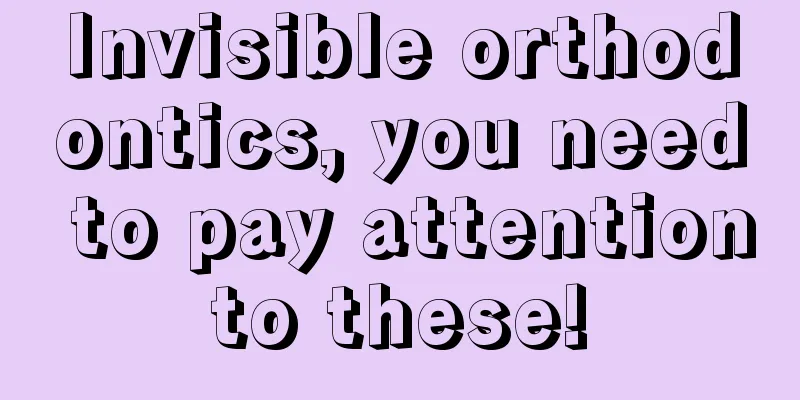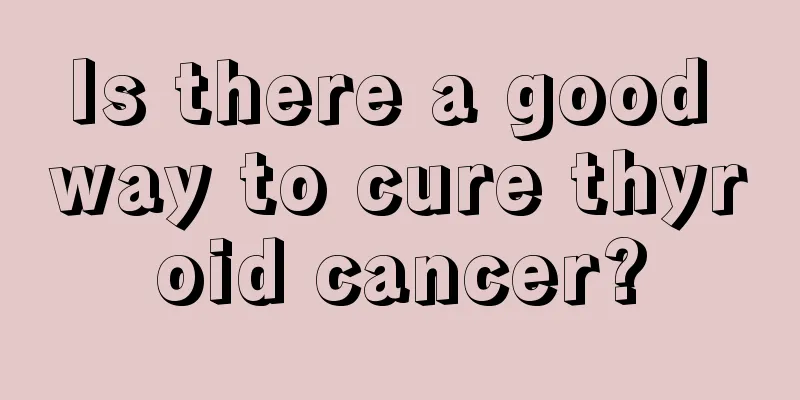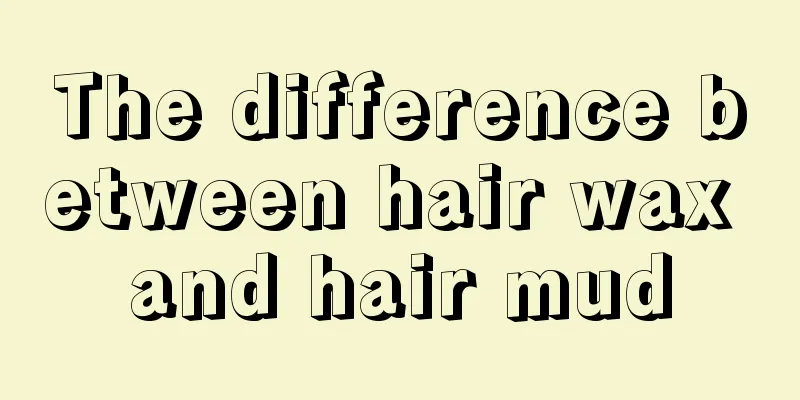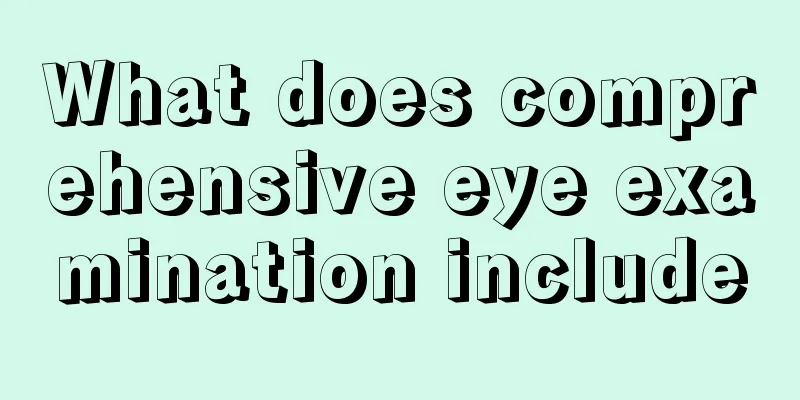Invisible orthodontics, you need to pay attention to these!

|
A handsome guy was walking towards me, and he was slightly shocked in the breeze and sunshine. Before I was electrocuted, I was shocked by his crooked teeth. Having a good set of teeth not only enhances your appearance, boosts your self-confidence, makes you a bright star in the workplace and gives you a charming smile in love, but also helps you to have a good body. Dental health requires daily cleaning and maintenance, while tooth shape requires professional correction. The following text will introduce you to invisible orthodontics and provide you with a path to health and confidence. Correction principle Step 1: Your dentist or orthodontist will usually provide a free initial consultation. During your initial consultation, your doctor will discuss your dental concerns and the ideal smile you would like to achieve. Once your doctor decides that you are eligible for treatment, he or she will design a treatment plan. The doctor will then take impressions of your teeth and take photographs of them. Step 2: Your dental impression will be digitally processed by a computer to generate a three-dimensional treatment plan for your doctor. You will be able to see the virtual results before, during and after treatment. Step 3: Based on your doctor's precise treatment plan, a set of customized bracketless invisible braces with advanced technology will be produced for you for each treatment. Step 4: You will wear your aligners for at least 22 hours a day, except when you eat and brush and floss, and then replace them with a new set every two weeks. You will need to have follow-up check-ups every 6 to 8 weeks. Your teeth will gradually become straighter. Treatment usually lasts 12 to 18 months, and approximately 20 to 30 sets of aligners are required for each dental arch. Pros and Cons advantage Aesthetics: Almost completely invisible. You will complete your teeth straightening without anyone noticing, which solves the aesthetic concerns of many patients about straightening their teeth. Comfortable: Since there are no traditional correction devices such as brackets and wires, the correction process is no longer painful. Minimal irritation and discomfort to periodontal tissues Convenience: You can put it on and take it off at your own will, without affecting socializing, eating, exercising, etc. At the same time, the number of follow-up visits is reduced, saving your valuable time. Cleaning: Oral hygiene is easy to maintain, and there is no need to worry about gingivitis, tooth demineralization, discoloration and other problems. Convenient: Short and effective treatment course, generally treatment can be completed in about 9-12 months. The traditional method takes about 8 hours to treat, while invisible orthodontics only takes 3 hours. shortcoming May interfere with pronunciation and speech Precautions 1. Because teeth correction requires wearing dental braces, it will make the user feel uncomfortable. If you want to completely eliminate the feeling, you must go through a period of adaptation. 2. After wearing the dental braces, your muscles may feel sore because there is an extra object in your mouth. This is normal and you don't need to worry too much. 3. Pay more attention to the cleanliness of your teeth while wearing the braces. If necessary, use mouthwash to clean your teeth after each meal. [2] Treatment duration The best time to get orthodontic treatment is between the ages of 12 and 18. However, many adult patients have missed the best time for correction. Due to health, aesthetics, career and social needs, they hope to have a straight set of teeth, but they are worried about the long-term "braces" after wearing braces. The emergence of invisible braces solves this problem. It completes the correction without wires or brackets. The correction process is completed almost without anyone noticing and does not affect daily life and social interaction. Suitable for Bracketless invisible orthodontics are suitable for people with the following problems, including individual tooth misalignment, crowded dentition, irregular teeth, tooth spaces, anterior crossbite (underbite, concave type), anterior deep overbite (buck teeth, convex type), anterior deep overbite (or deep overbite), mandibular shortening, bimaxillary protrusion, lip protrusion and anterior open bite (narrow and long face type). People who want personalized design are more suitable for bracketless invisible correction. |
<<: What are the symptoms of otitis media?
>>: What to eat to remove moisture from the body
Recommend
Drugs for treating small cell lung cancer
What are the drugs for treating small cell lung c...
Does ectopic pregnancy on the ovary matter?
The incidence of ectopic pregnancy has increased ...
How to maintain the tattoo after washing
Nowadays, more and more young people are getting ...
What is the difference between black cucumber and sea cucumber
There are great distinctions and differences betw...
The symptoms of bone cancer are not easy to detect
We should pay more attention to bone cancer. Gene...
After having a fever, the diarrhea is all water
I believe everyone has experienced colds and feve...
How much water is used to make tea
I believe everyone has drunk tea in their daily l...
How to relieve the cough of lung cancer patients?
The cough of lung cancer patients can be relieved...
Early signs of various cancers
Early detection is the key to defeating cancer. D...
Symptoms of lower limb muscle weakness
This phenomenon has a serious impact on life, bec...
What are the methods of scalp massage for hair growth
In daily life, we find that many friends suffer f...
Will bladder cancer cause back pain? Here are 3 unique symptoms of bladder cancer for you
Bladder cancer is a relatively serious disease at...
How to do postoperative care for prostate cancer? 3 things to pay attention to after prostate cancer surgery
Prostate cancer usually occurs in middle-aged and...
How do patients with lymphoma receive surgery and radiotherapy
Patients with lymphoma under the age of 50 can ac...
What's wrong with my head being confused
Nowadays, many people often feel that their heads...









